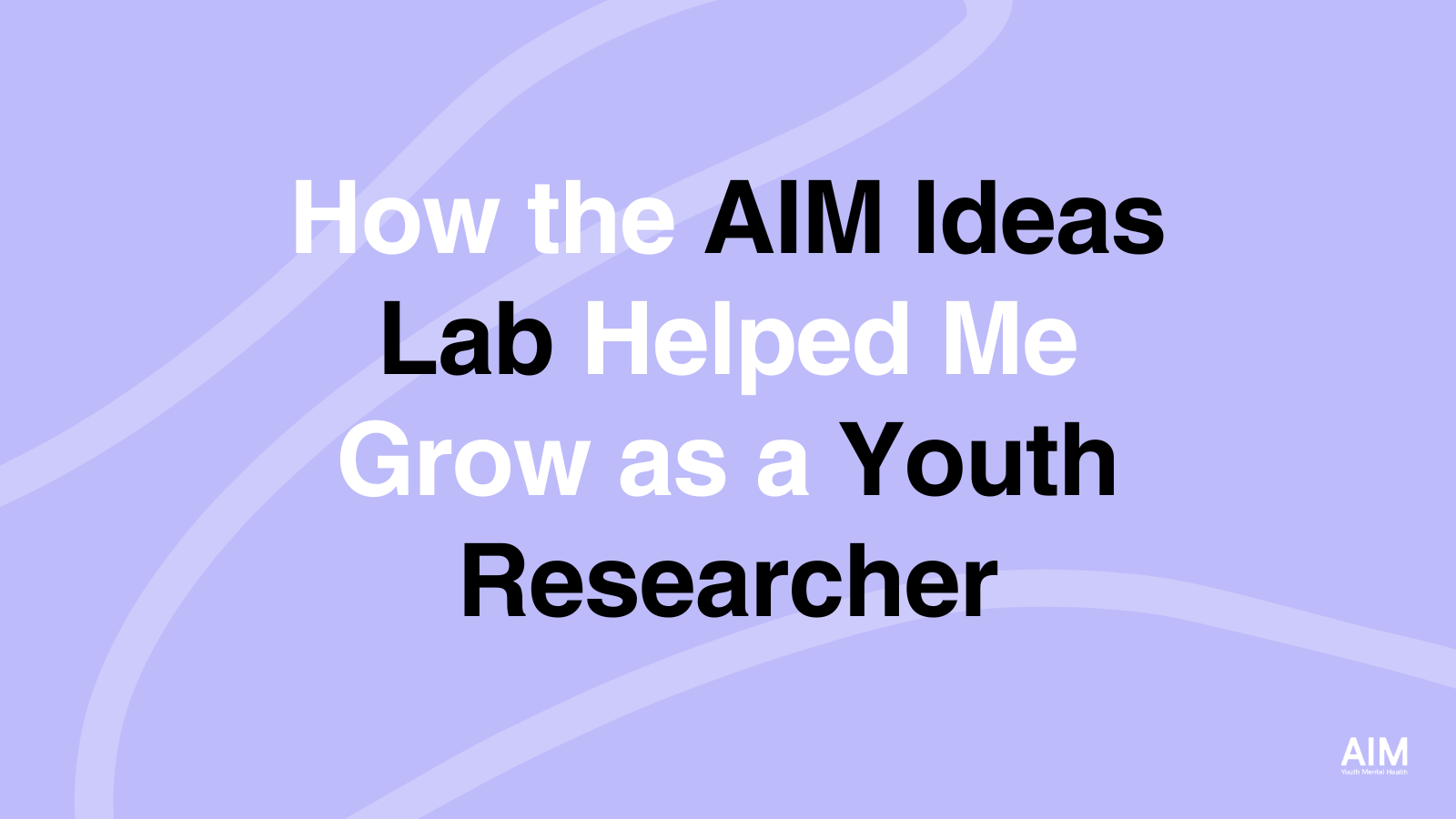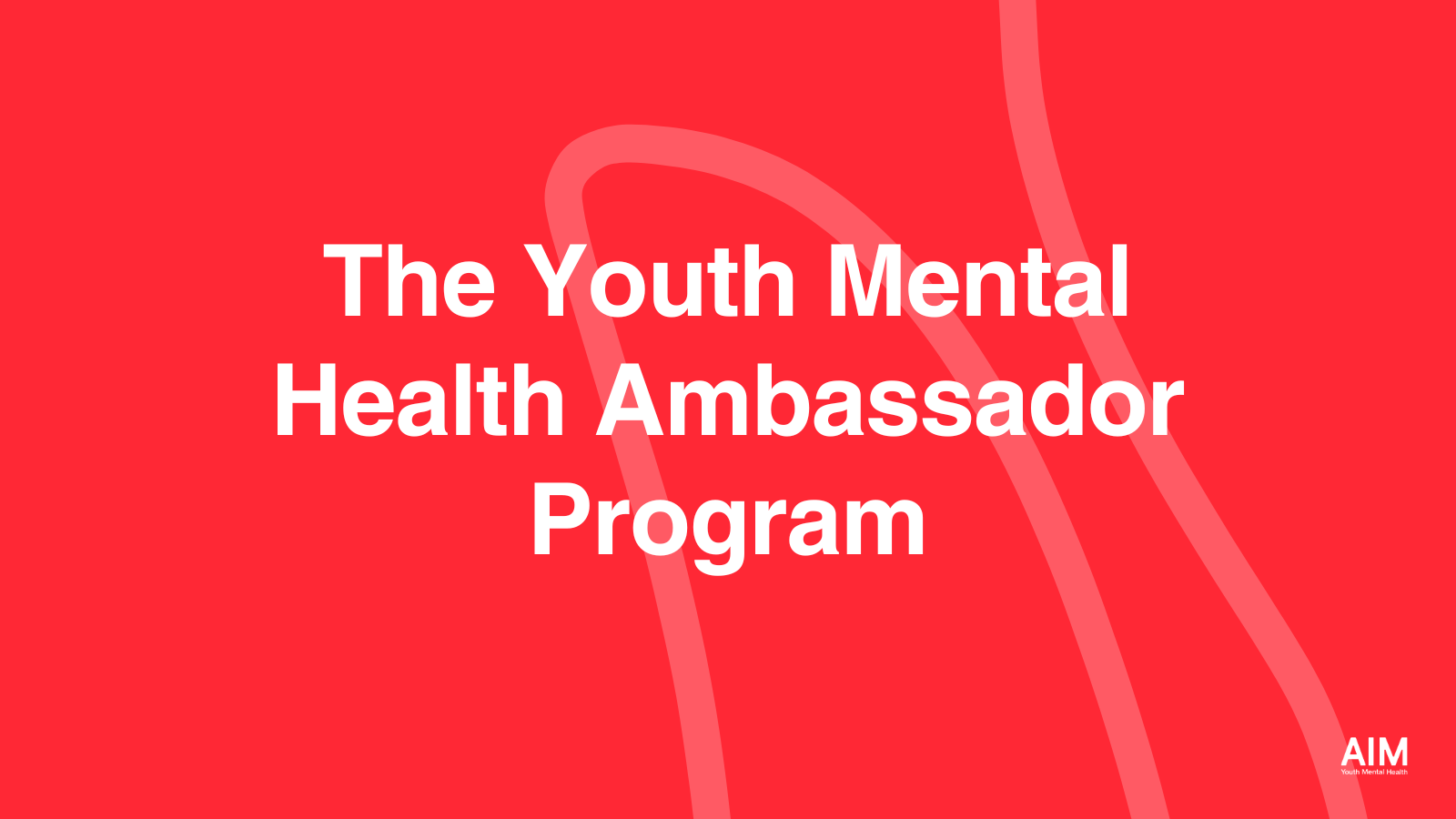Exposure to stress plays a role in the development of most mental health problems. Experiences of stress increase during adolescence, and adolescents become more vulnerable to the negative mental health effects of stress. Yet the mechanisms underlying this elevated risk are poorly understood. In an ongoing study funded by AIM for Mental Health, we are examining how exposure to stress influences emotion, behavior, cognition, and brain function in ways that place adolescents at risk for developing anxiety, depression, and other mental health problems. We are using innovative tools to study these pathways, including monthly assessments of stress, mental health, and brain function and information gathered from mobile phones and wearable devices about emotions, physical activity, and social behavior.
Preliminary results have documented increased activity in brain networks involved in identifying and responding to threats on months when adolescents experience higher levels of stress than is typical for them. This study is the first to document stress-related brain plasticity operating at this timescale. These changes in threat-related brain activity, in turn, predict later increases in depression and anxiety.
Identifying these types of mechanisms underlying stress vulnerability is critical for developing novel intervention approaches to prevent the onset of mental health problems in adolescents and to treat these conditions once they emerge.
Because our study involves monthly visits with each adolescent for one year, we learn an enormous amount about their lives. One 15 year old girl in our study experienced an enormous amount of stressors within her family, at school, and in her peer relationships. Over the course of the study she developed serious symptoms of depression and frequent thoughts about suicide. Because she was in our research study and we were tracking these types of symptoms, we were able to intervene quickly to connect her with a therapist in Seattle who provides evidence-based treatment for adolescent depression and suicidal thoughts. This treatment was effective, and by the end of the study she was no longer depressed or suicidal.
The teen confided, “I thought that feeling hopeless and like a failure was something that I would always live with. Being in the study and talking to the interviewers each month helped me realize that I could change the thoughts that were causing me to feel this way. I have a new perspective and skills I can use when I start feeling suicidal and depressed. I am happier and healthier now.”





